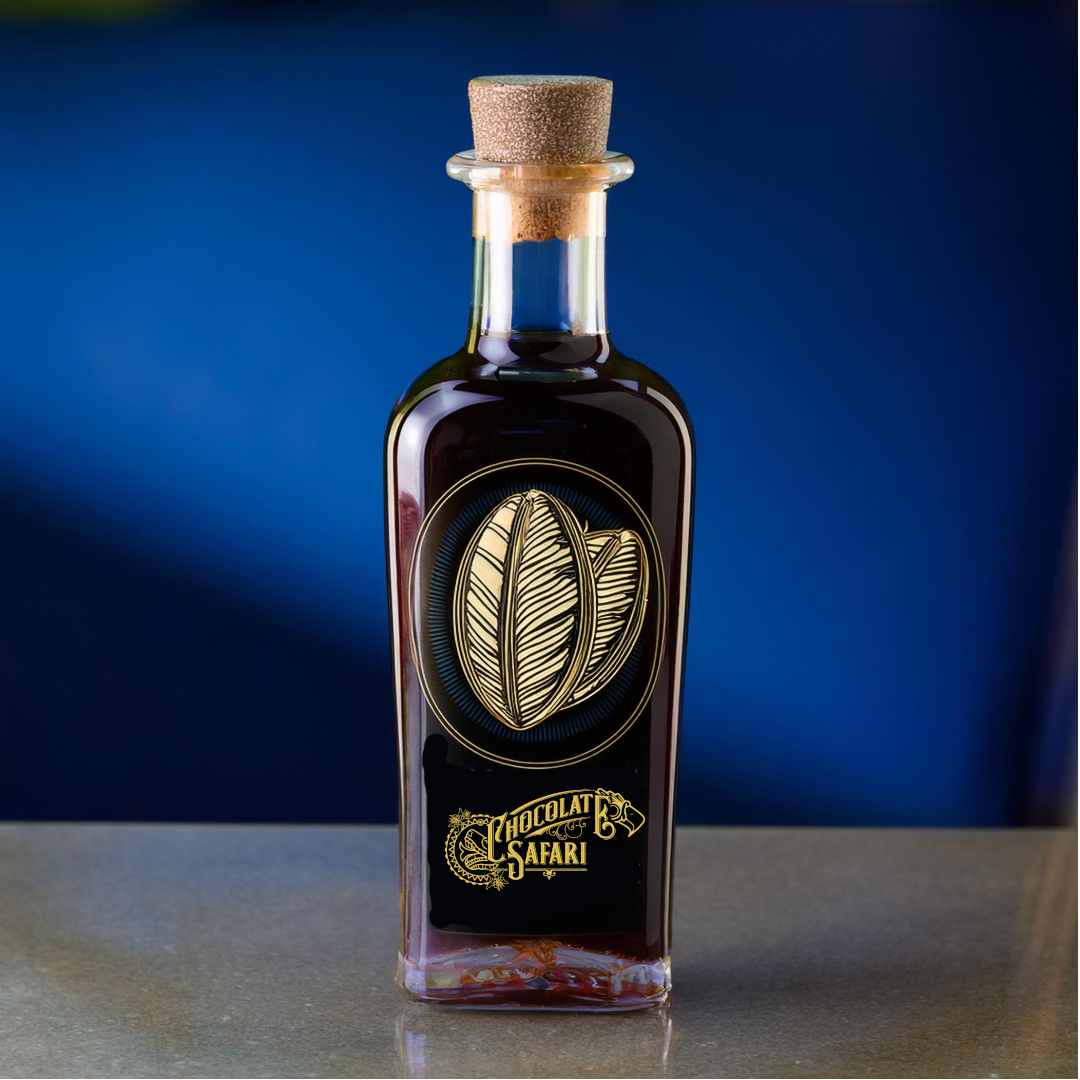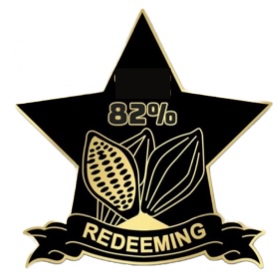Understanding the Cocoa Farm Environment
To appreciate the role of vinegar in cocoa farming, we must first grasp the intricacies of the cocoa farm environment. Cocoa cultivation demands meticulous attention to detail and an understanding of the conditions that foster optimal growth. From soil composition to climate nuances, every element contributes to the success of the harvest. In this dynamic ecosystem, even unconventional methods like utilising vinegar can yield remarkable benefits.
Balancing Soil pH Levels
Deep and well-drained soils are critical for cocoa trees, poorly drained soil hinders their growth. Most areas engaged in cocoa farming have clay loam or sandy loam soils with a pH range of 6.5 to 7.0. Additionally, cocoa trees benefit from being in an area where water is readily available.
One of the primary applications of vinegar in cocoa farming lies in soil management.
The acidity of soil, influences the growth and productivity of cocoa trees. Vinegar, with its acidic properties, can be strategically employed to adjust soil pH levels, creating an optimal environment for cocoa trees to thrive.
By carefully administering vinegar to the soil, farmers can counteract excessive alkalinity and promote a more balanced pH level. This adjustment not only enhances nutrient absorption by the cocoa trees but also fosters the development of robust root systems, essential for anchoring the trees and facilitating nutrient uptake.

Combatting Fungal Infections
Another noteworthy benefit of vinegar in cocoa farming is its potential to combat fungal infections. Cocoa trees are susceptible to various fungal diseases, which can significantly reduce yields if left unchecked. Vinegar, with its antimicrobial properties, can serve as a natural fungicide, aiding in the prevention and control of fungal outbreaks on the farm.
Through targeted application, whether as a foliar spray or soil drench, vinegar creates an inhospitable environment for fungal pathogens, thereby safeguarding the health and productivity of cocoa trees. This eco-friendly approach aligns with sustainable farming practices, minimising the reliance on synthetic chemicals while promoting a healthier ecosystem.

Water Quality
Furthermore, vinegar can contribute to improving water quality for cocoa irrigation. In regions where water sources may contain high levels of alkalinity or mineral deposits, the addition of vinegar can help mitigate these issues. By reducing water hardness and alkalinity, vinegar ensures that cocoa trees receive high-quality irrigation, free from potentially detrimental substances.
Embracing the 82%
In conclusion, the utilisation of vinegar on the cocoa farm epitomises the spirit of innovation and adaptability that characterises successful agriculture. By harnessing the unique properties of vinegar, farmers can address soil imbalances, combat fungal infections, and enhance water quality, ultimately promoting the health and productivity of cocoa trees.
As we continue to explore new approaches and techniques in cocoa farming, let us embrace the potential of unconventional solutions like vinegar, recognising their valuable contributions to sustainable agriculture and the cultivation of exquisite chocolate.
Here's to the humble vinegar, a not-so-secret ingredient in the quest for better cocoa harvests!
Utilising cocoa Vinegar in the home (Laundry Cleaning)
When looking for a natural, environmentally conscious approach to maintaining the cleanliness and freshness of your laundry,
Vinegar is a versatile solution worth considering.
This household staple offers numerous benefits for your laundry regimen, from effectively cleaning clothes without harsh chemicals to preserving their colours and softness. Let's delve into eight eco-friendly applications and advantages of vinegar for your laundry.
1. Chemical-Free Cleaning:
Vinegar provides a gentle, chemical-free alternative for washing clothes, promoting both fabric longevity and environmental sustainability. Simply incorporate 1/2 cup of vinegar into your washing machine's detergent compartment for a fresh, odour-free clean. Additionally, its hypoallergenic properties make it ideal for individuals with sensitive skin or allergies to conventional detergents.
2. Residue Removal:
Combat soap buildup, which can cause streaks and yellowing on garments, by utilising vinegar. Pre-soak your clothes in a solution of 1 cup of vinegar per gallon of water before laundering to prevent soap residue from adhering to fabrics.
3. Stain Removal:
Vinegar is adept at lifting stains and eliminating odours from clothing. Create a stain-fighting solution by diluting 1 cup of vinegar with a gallon of water and pretreating stains before washing.
4. Brightening Alternative to Bleach:
Revitalise white garments and diminish stains with a natural bleach substitute comprised of vinegar, lemon juice, and borax. Soak clothing items in a solution of 1/2 cup vinegar, 1/2 cup lemon juice, and 1 tablespoon borax to restore brightness and freshness.
5. Odour Neutralisation:
Combat unwanted odours from smoke, pets, and perspiration by incorporating 1/2 to 1 cup of vinegar into your laundry routine. Customise the scent of your laundry by adding a few drops of essential oils to the wash.
6. Fabric Softening:
Bid farewell to harsh chemical fabric softeners and embrace vinegar's softening properties. Add 1/2 cup of vinegar to the fabric softener compartment during the final rinse cycle to impart softness to fabrics and reduce static cling.
7. Colour Preservation:
Maintain the vibrancy of coloured garments by including 1/2 cup of vinegar in your laundry regimen. Vinegar serves as a safeguard against fading caused by detergents, sunlight exposure, and regular wear.
8. Washing Machine Maintenance:
Ensure the efficient operation of your washing machine by regularly cleansing it with vinegar. Run an empty cycle with hot water and a cup of vinegar to eliminate lint and soap residue, thereby enhancing the cleanliness of your laundry with each wash.
Warnings:
While vinegar is generally safe for laundry use, it's essential to consider potential allergies and staining risks. Prior to usage, conduct a patch test on a small fabric area, and refrain from using certain vinegar types, such as red wine or balsamic, which may stain clothing.
In Conclusion:
Incorporating vinegar into your laundry regimen not only proves cost-effective but also champions environmental sustainability.
By harnessing the natural potency of vinegar, you can achieve impeccably clean and refreshingly scented laundry.


